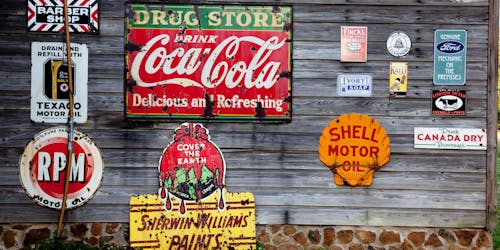With the current situation, I won’t be exaggerating to say that creating an ad campaign is similar to preparing for speed dating and you will have just 30 minutes to make an impression; otherwise, your audience becomes uninterested and everything else goes down the drain. No one will remember your name or tagline. But how do you make a good first impression when your audience sees 4,000 to 8,000 ads per day? How about I give you the top 15+ iconic example of brand advertising campaigns to help you get inspiration and tell you more about how your ads should be?
I know you like the sound of that. Let’s get into detail!
Key Points
- Brand marketing is the process of creating a relationship between a brand and its audience, focusing on promoting the brand as a whole rather than just individual products or services.
- Combining multiple channels, like social media and digital ads, enhances reach and strengthens a brand’s visibility in a competitive market.
- Effective brand advertising fosters trust and loyalty, which builds credibility and encourages customer retention.
- Memorable brand advertisements use catchy slogans, relatable characters, and emotional appeal to form a strong connection with the audience.
- Iconic brand campaigns, like Nike’s “Just Do It” and Coca-Cola’s “Share a Coke,” inspire by showing how creative storytelling and audience engagement can elevate brand perception and influence.
What is Brand Marketing?
Brand marketing is the process of establishing and developing a relationship between a brand and its customers. Rather than focusing on a single product or service, brand marketing promotes the entire brand, using the products and services as proof points to support the brand’s promise. The essence of this whole process is to increase the value of a brand and everything related to the brand at large.
For brands to successfully carry out this advertising, they will require some channels, such as digital, social, and paid search advertising, which is easily accessible to brands. A good strategy is to combine multiple channels to create a media mix that reaches a large audience. I mean, why focus on one when you have many options, right?
Brand marketers, for example, may utilize a brand advertising strategy in conjunction with email and content marketing initiatives to increase brand awareness and attract potential customers across numerous digital marketing channels.
How Does Brand Advertising Add Value to a Brand?

Even without straightforward tracking and measurement, exploring brand advertising provides great value. The more consumers know about your brand, the more they trust and stick with it throughout the buyer’s journey. This makes them more inclined to act when they encounter a performance-based ad (and even become a potential customer) in the future.
Let’s look at how brand advertising offers value to a brand in each of the funnel’s first stages:
#1. Exposure
During the exposure stage, it is critical to make a good first impression in order to establish a powerful, favorable, and consistent brand identity. The brand identity defines a number of components, including the logo, fonts and colors, web presence, movies and clips, and other visual features.
These aspects convey a lot about the brand. A serious corporate brand (such as a legal or finance organization) is likely to have a more professional brand identity — represented by a plain logo, basic fonts, and a simple web presence.
#2. Influence
Also, you should know that clients are more likely to buy from businesses they trust, and good brand promotion fosters trust and credibility. And one approach to accomplishing this is to position your brand as an industry leader in order to surpass competition.
Here’s how to do that:
- Launching branded campaigns in which industry/company experts provide their experience and guidance
- Paying to support community events.
- Hosting charity for causes that are related to your business, such as natural disasters, wildlife and the environment, sickness and disorder, medical research, human rights, and school reform.
All of these points can help you generate positive press and attention for your brand, thereby increasing brand trust and credibility.
#3. Engagement
The most effective brand advertisements provide solutions and help prospects form strong connections. These advertisements must also be emotionally appealing in order to promote meaningful conversation and engagement. Your clients will need to connect on a personal level for them to trust you more.
Two important components can help you engage your target audience in a favorable and relevant way:
- Catchy slogans, such as McDonald’s “I’m lovin’ it,” Wheaties’ “Breakfast of Champions,” Nike’s “Just do it,” Campbell’s “Mm mm good”
- Memorable spokespersons such as the Monopoly Man, Mr. Peanut, the Geico Gecko, Michelin Man, Tony the Tiger, Kool-Aid Man, Jolly Green Giant, and the Pillsbury Doughboy.
15+ Iconic Example of Brand Advertising
Let’s look at the example of some good brand advertising campaigns of some popular brands so you can pick your inspiration from there:
#1. Nike

In the 1980s, Nike’s main competitor outsold the now-famous sporting brand. Nike advertised almost entirely to marathon runners, and it was losing the race. “Just Do It” is an advertising campaign built with everyone in mind.
Nike’s new tagline highlighted the universal desire people have to exercise by broadening its target audience to include both athletes and nonathletes. In doing so, they significantly increased sales and produced a long-lasting campaign that continues to appeal with the brand’s target audience.
#2. McDonald’s
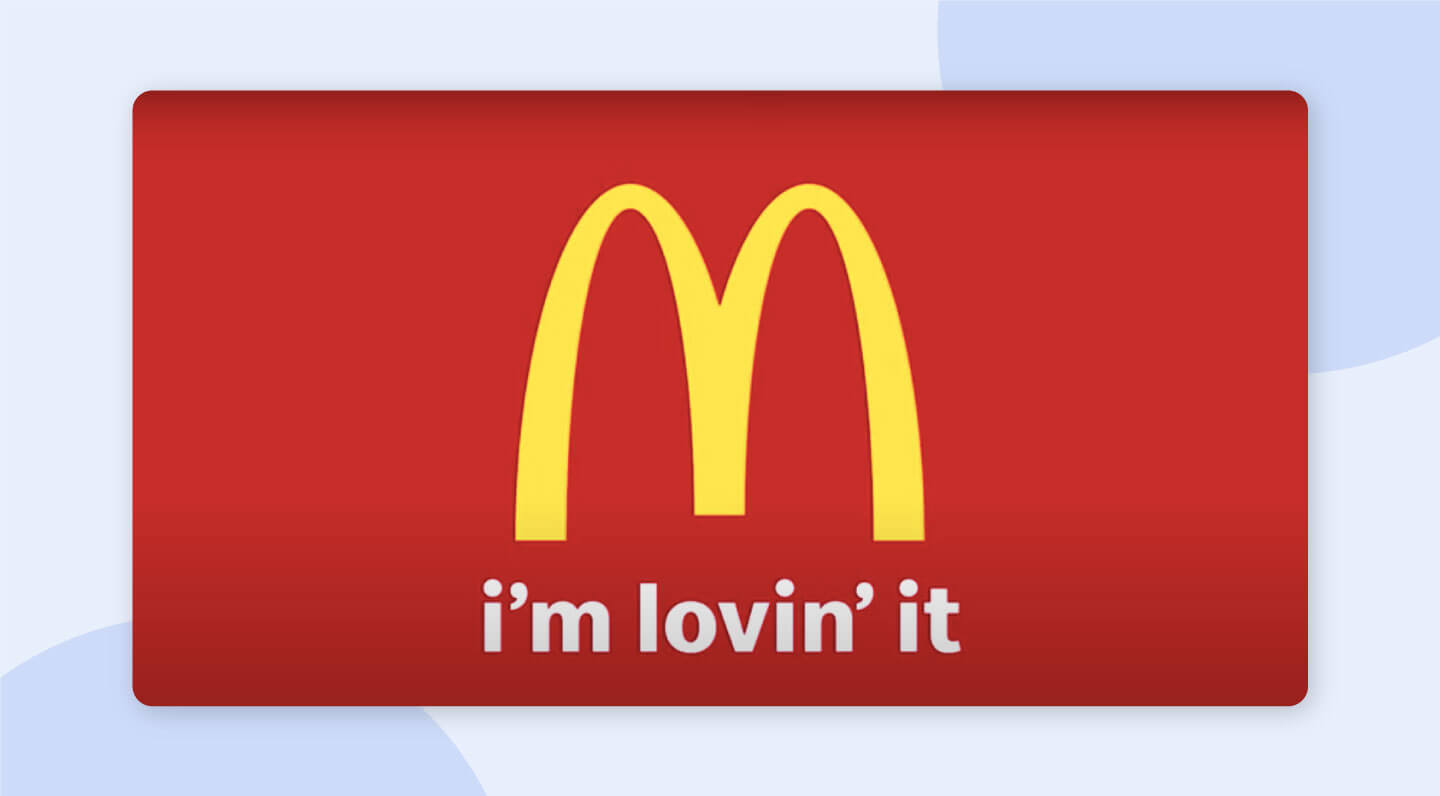
While visual imagery is important when building an advertising campaign, sound may be equally impactful. In 2003, McDonald’s held an international ad campaign competition to refresh its existing branding. The jingle “Ba da ba ba ba, I’m lovin’ it” was originally sung by Justin Timberlake before receiving one of history’s most famous upgrades. It now has a permanent home in McDonald’s ads.
#3. Old Spice
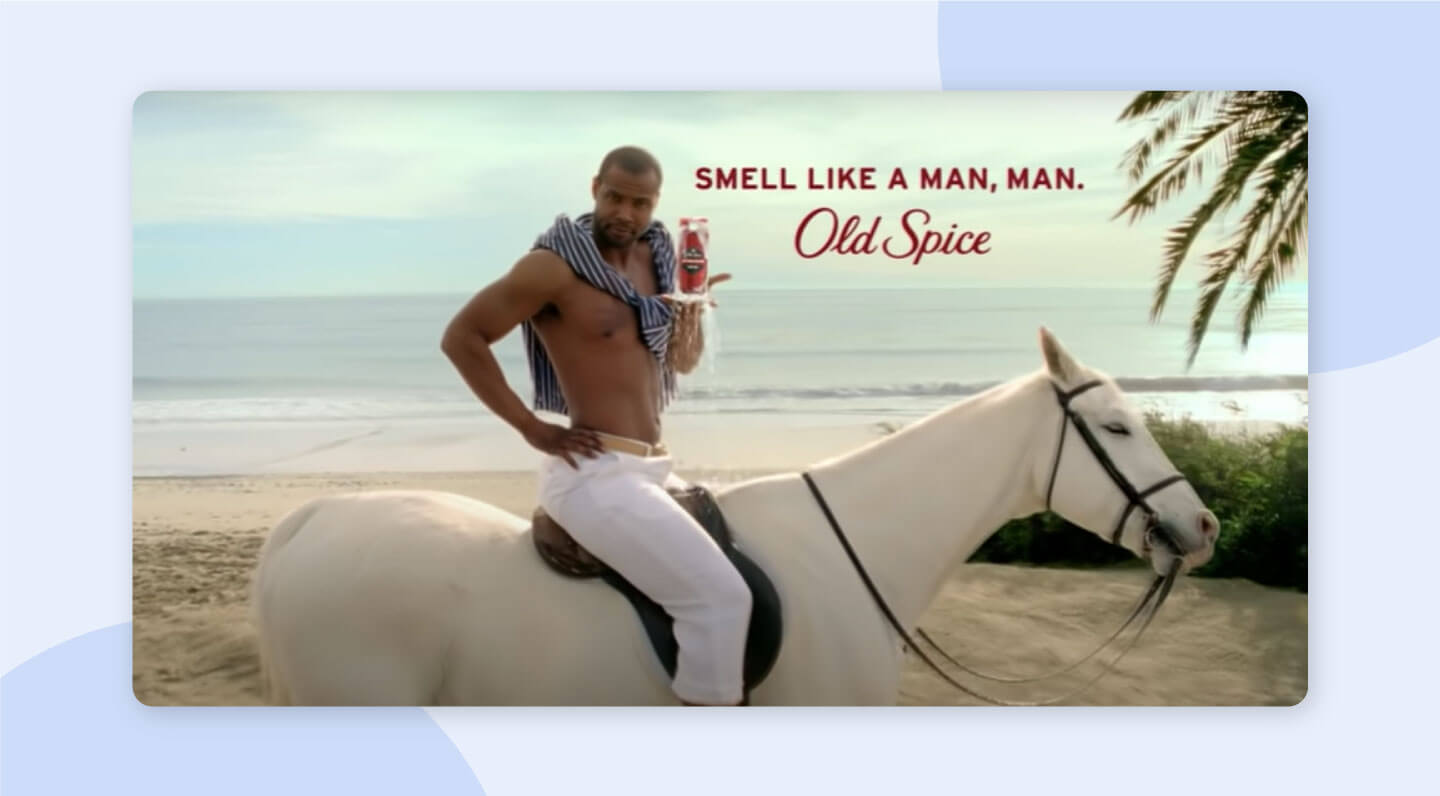
After Old Spice’s initial “Smell like a Man” campaign became viral in early 2010, the brand took to social media to capitalize on the momentum. The Old Spice Man made interactive films reacting to comments on multiple social media channels, including Facebook and Twitter, all while staying in character and nailing the brand’s voice.
While advertising Old Spice’s products, this ad campaign grew its target audience and social media followers by thousands.
#4. Dove
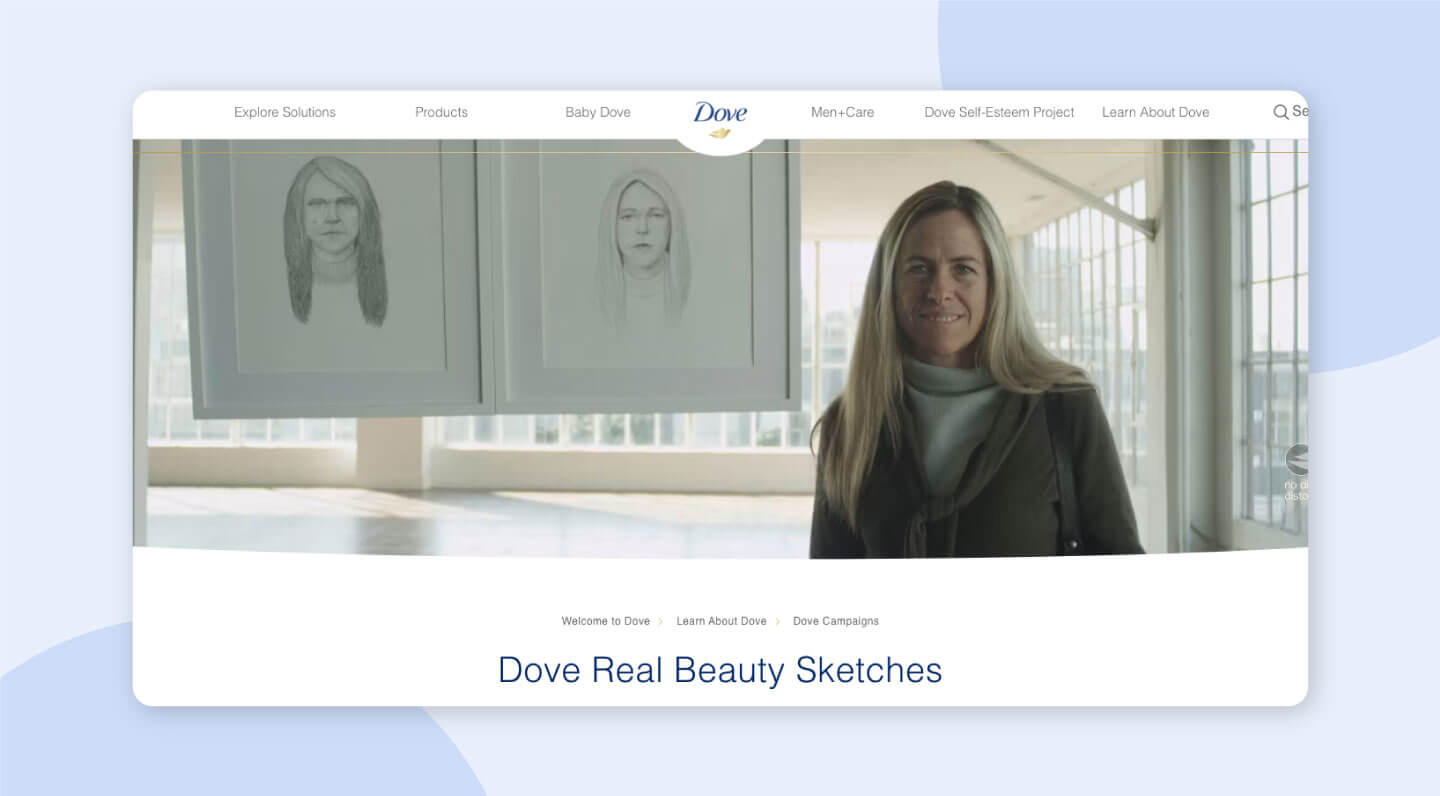
Some marketing campaigns push society, while others merely follow trends, and Dove’s Real Beauty campaign was supposed to accomplish the former. This commercial campaign questioned the beauty industry’s extraordinarily high—and frequently unachievable—standards of female attractiveness.
This still-evolving marketing campaign, which included videos, advertisements, projects, and sketches, raised the brand’s profits by nearly $2 billion while also celebrating, supporting, and standing up for women.
#5. Snickers
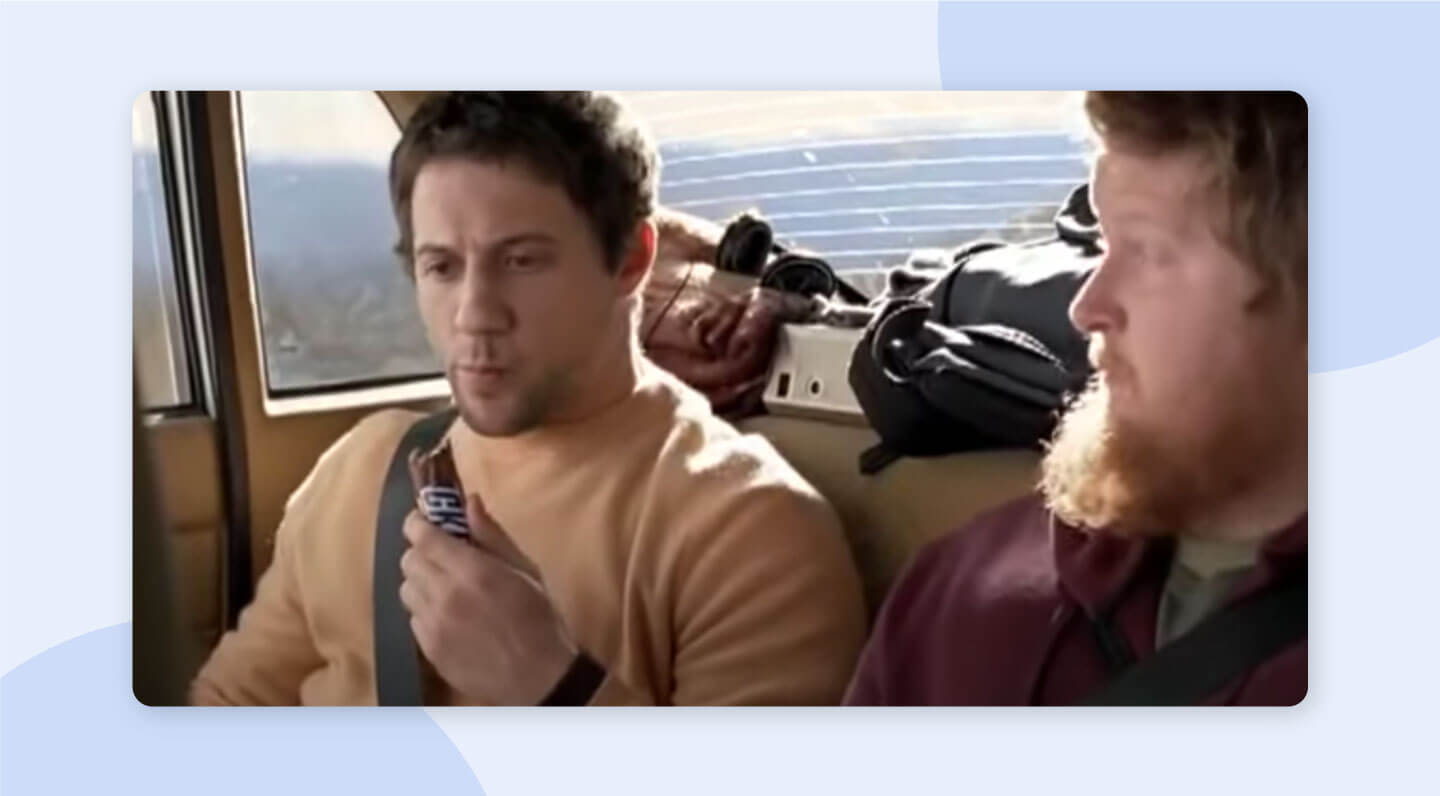
Beloved icons Betty White and Elton John appeared in one of Snickers’ most popular advertising campaigns. In a series of video commercials, the brand cast celebrities to simulate odd hunger-related activities.
After obtaining a Snickers candy bar, the superstars transformed into ordinary individuals functioning normally, establishing Snickers as a hunger-relieving snack alternative rather than a basic candy bar.
#6. Always
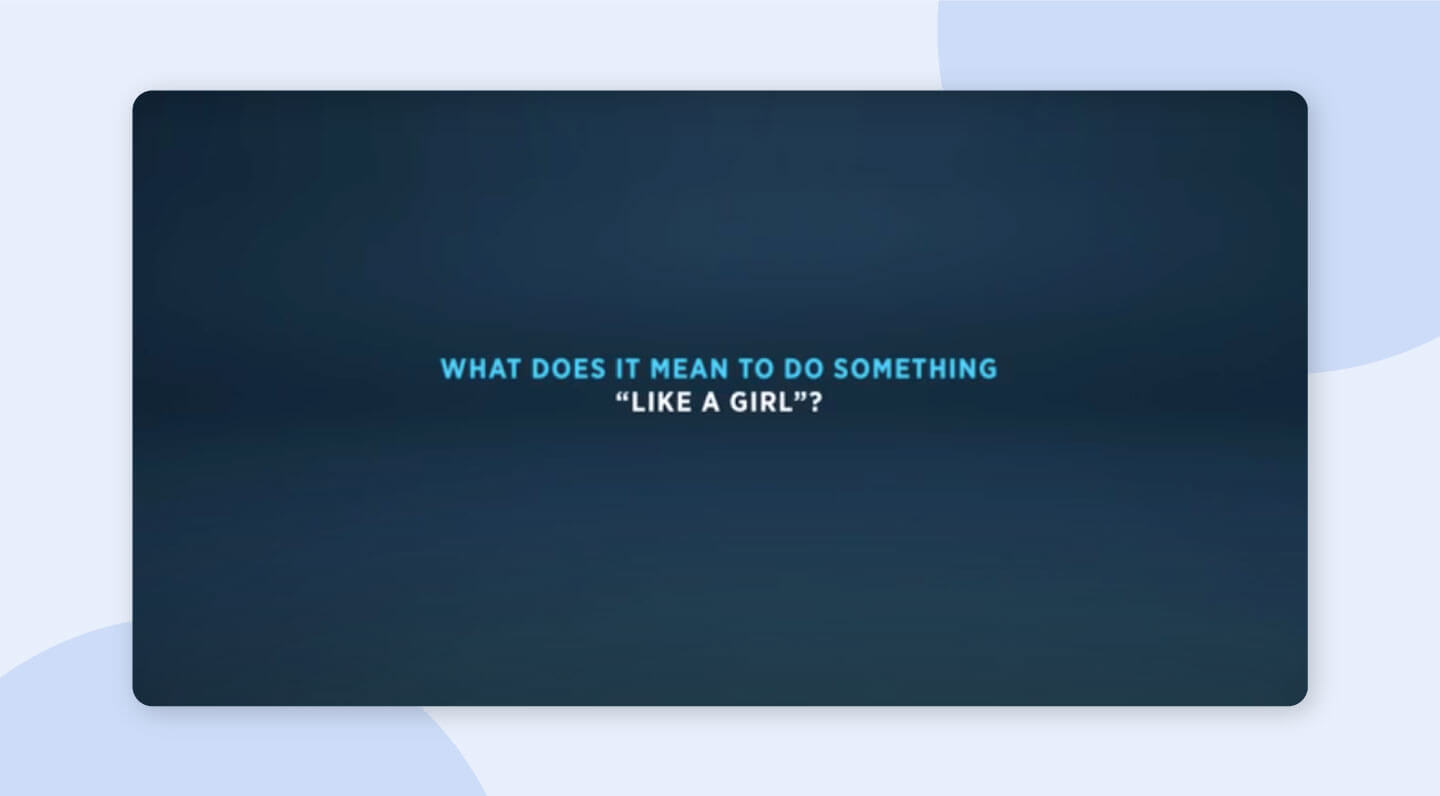
There’s nothing like a bold hashtag with an engaging message, which is exactly what Always achieved with their 2014 #LikeAGirl ad campaign. This simple yet powerful campaign compared men’s and women’s abilities, demonstrating that women, regardless of age, are just as talented as men. The campaign was a huge hit because it challenged gender preconceptions.
#7. Coca-Cola
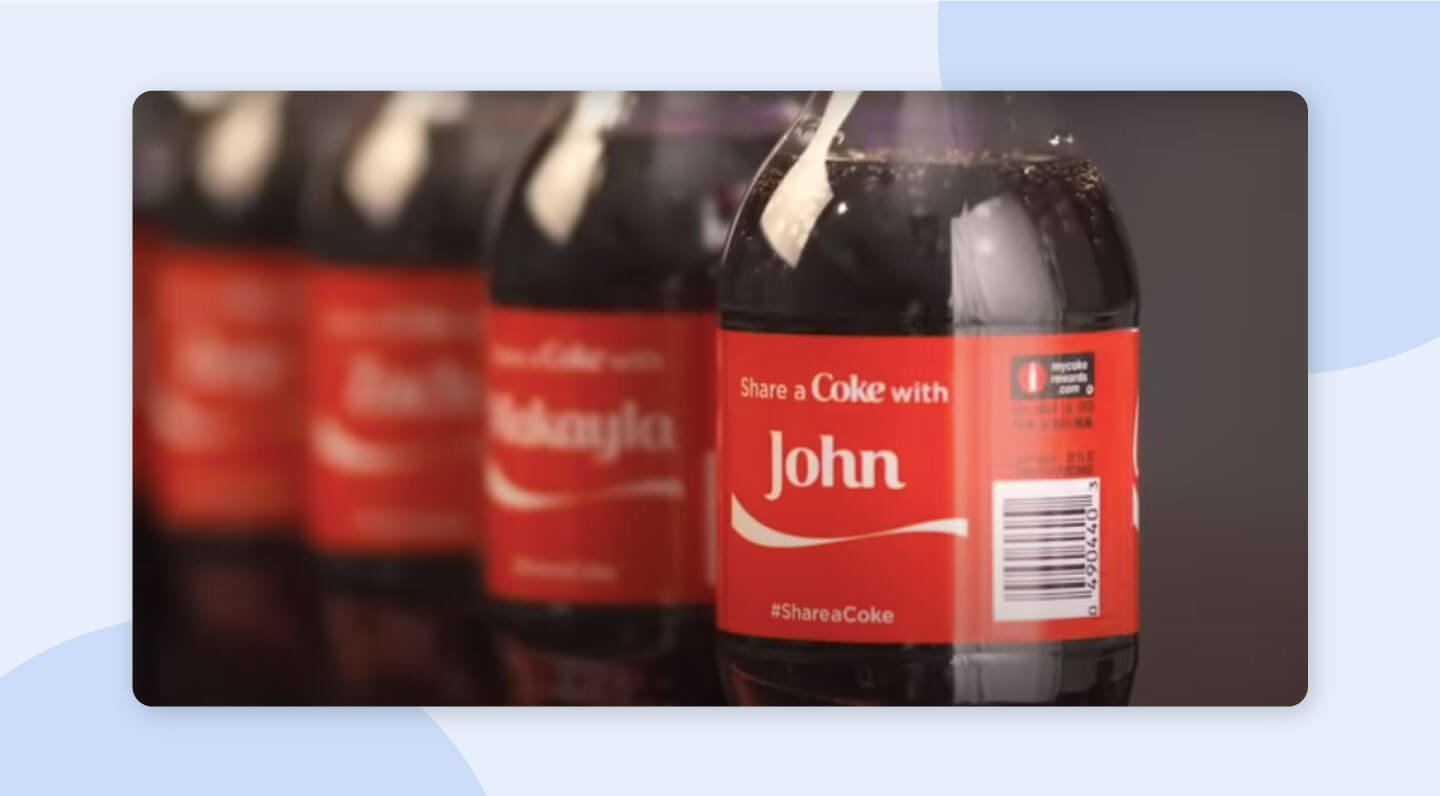
Gift shops are brimming with personalized keychains bearing popular names such as Mary, John, Rebecca, and David. Coca-Cola recognized that people enjoy finding and purchasing goods with specific names, so they launched the Share a Coke campaign with personality in mind.
Coca-Cola recognized the tremendous impact personalization might have on its business after selling over 250 million bottles in the first few months of its original Australian release.
#8. Dos Equis
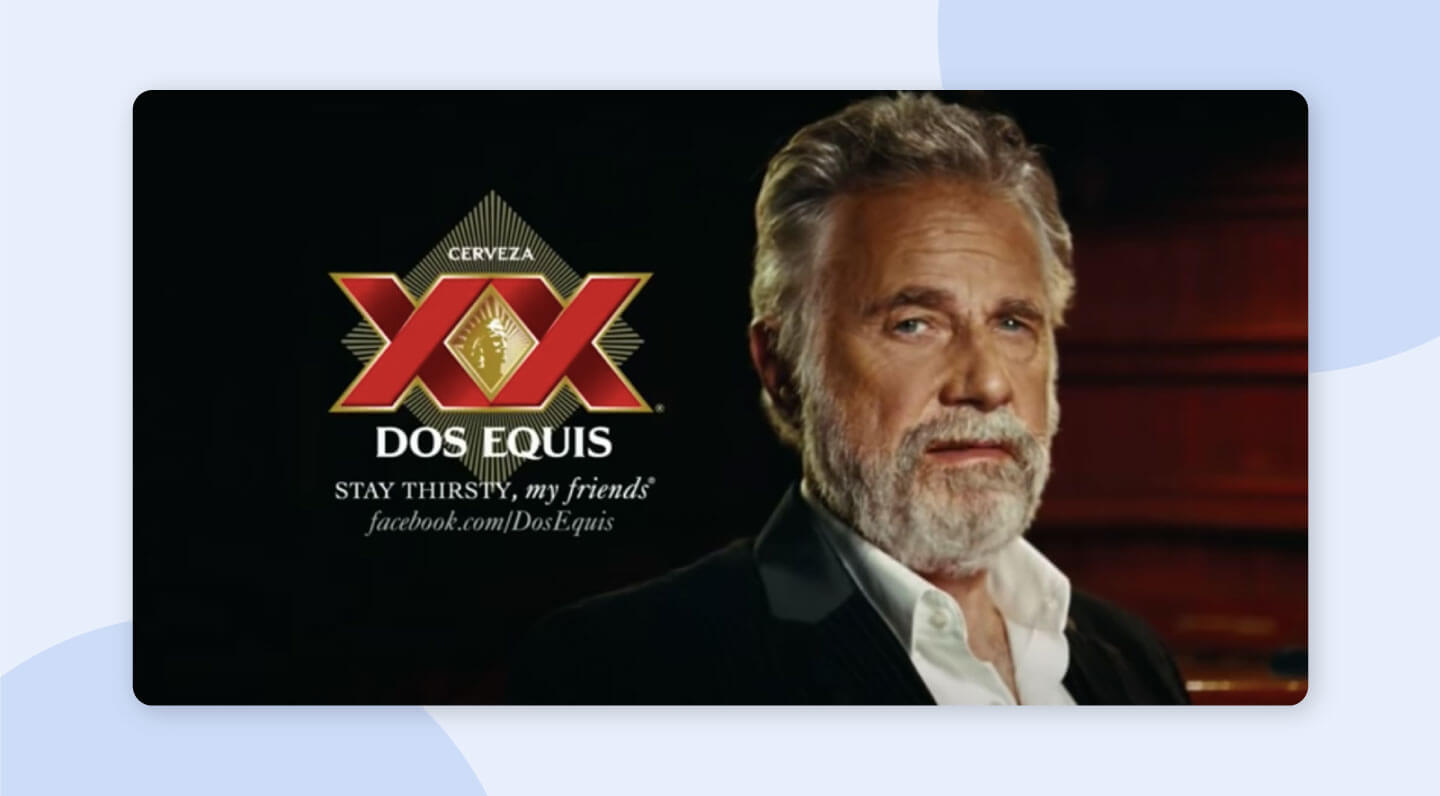
Catchy taglines and iconic characters work together to produce memorable advertising campaigns. When Dos Equis launched its “The Most Interesting Man in the World” campaign in 2006, it gradually and subtly altered the way customers perceived the brand’s product. With an extravagant character demonstrating his fondness for Dos Equis beer, ad viewers were introduced to a new way of thinking about potential vices such as alcohol and cigars.
#9. Google
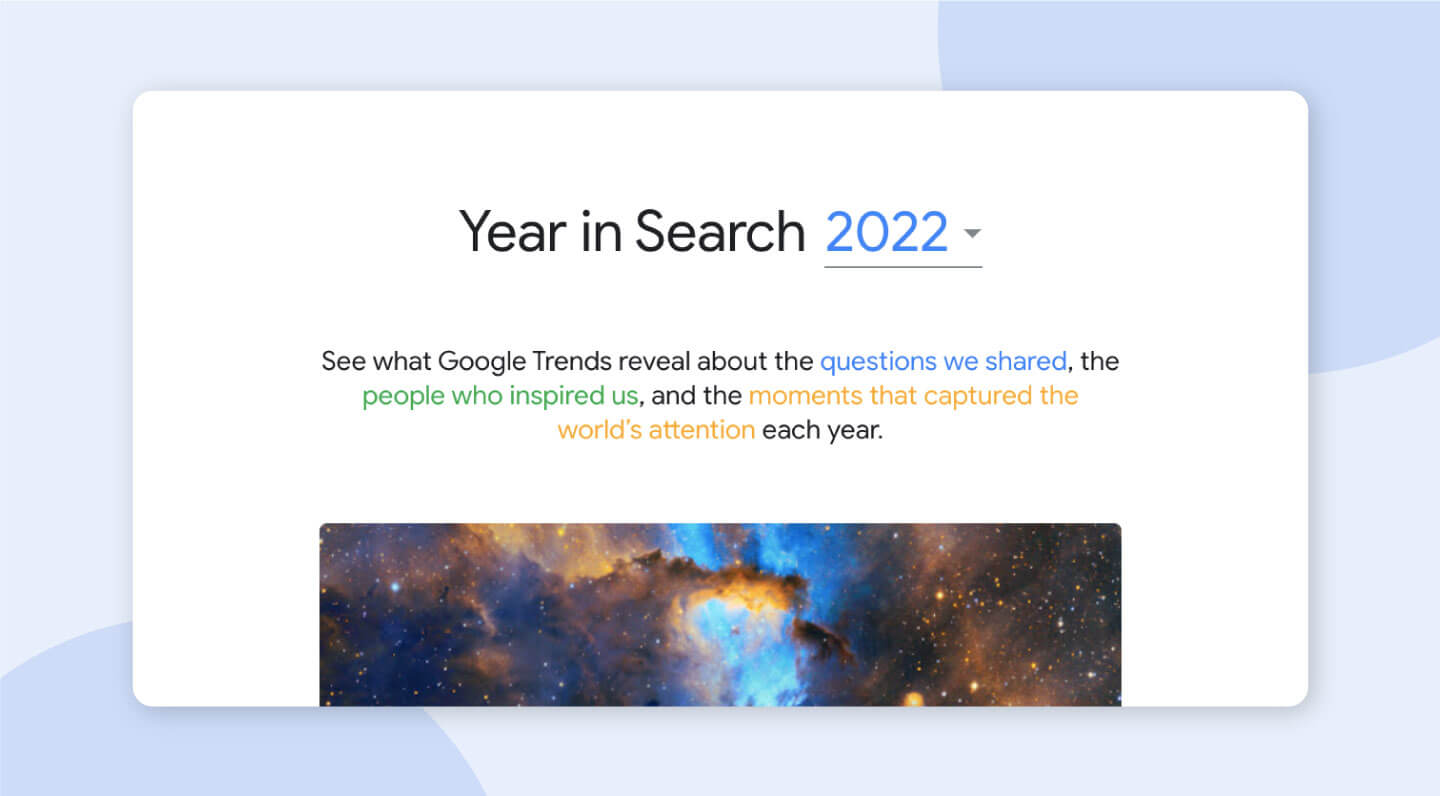
Google’s “Year in Search” initiative is an experiment in current events and relationships, asking what captivated the world’s attention in a single calendar year. By detecting the brand’s most searched questions and linking strangers or groups of people based on their search history, Google effectively communicated the notion that no one is truly alone.
The “Year in Search” campaign continues to bring Google users together by drawing on a variety of local and worldwide sources.
#10. Wendy’s
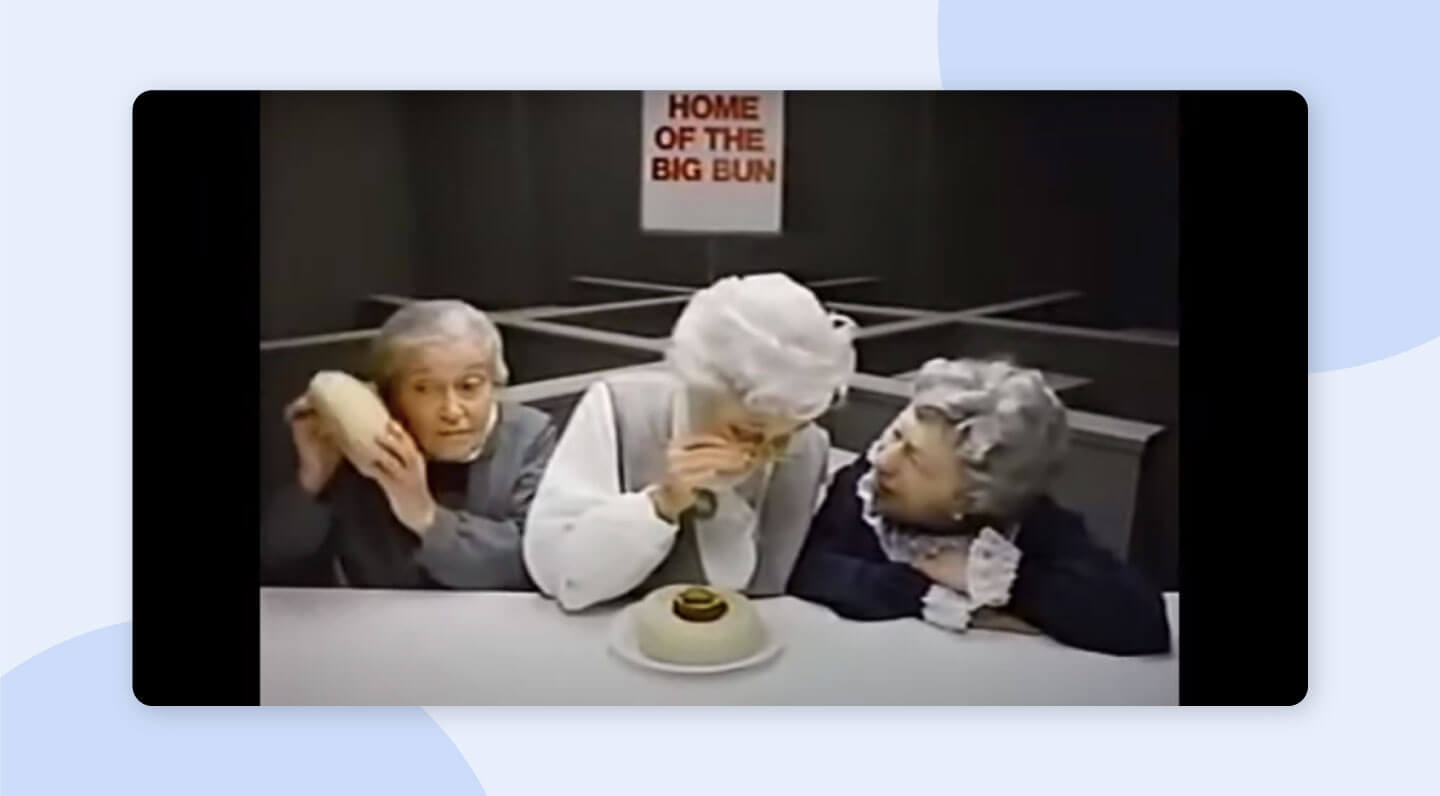
The phrase “Where’s the beef?” became popular worldwide in 1984. Instead of focusing entirely on its products and offerings, Wendy’s dared to criticize its competitors’ products in this well-known advertisement campaign.
The term stuck, but the brand did not tire of it or continue to criticize its competitors. Instead, they allowed word-of-mouth to continue spreading the campaign while generating new, improved, brand-focused advertisements.
#11. TOMS
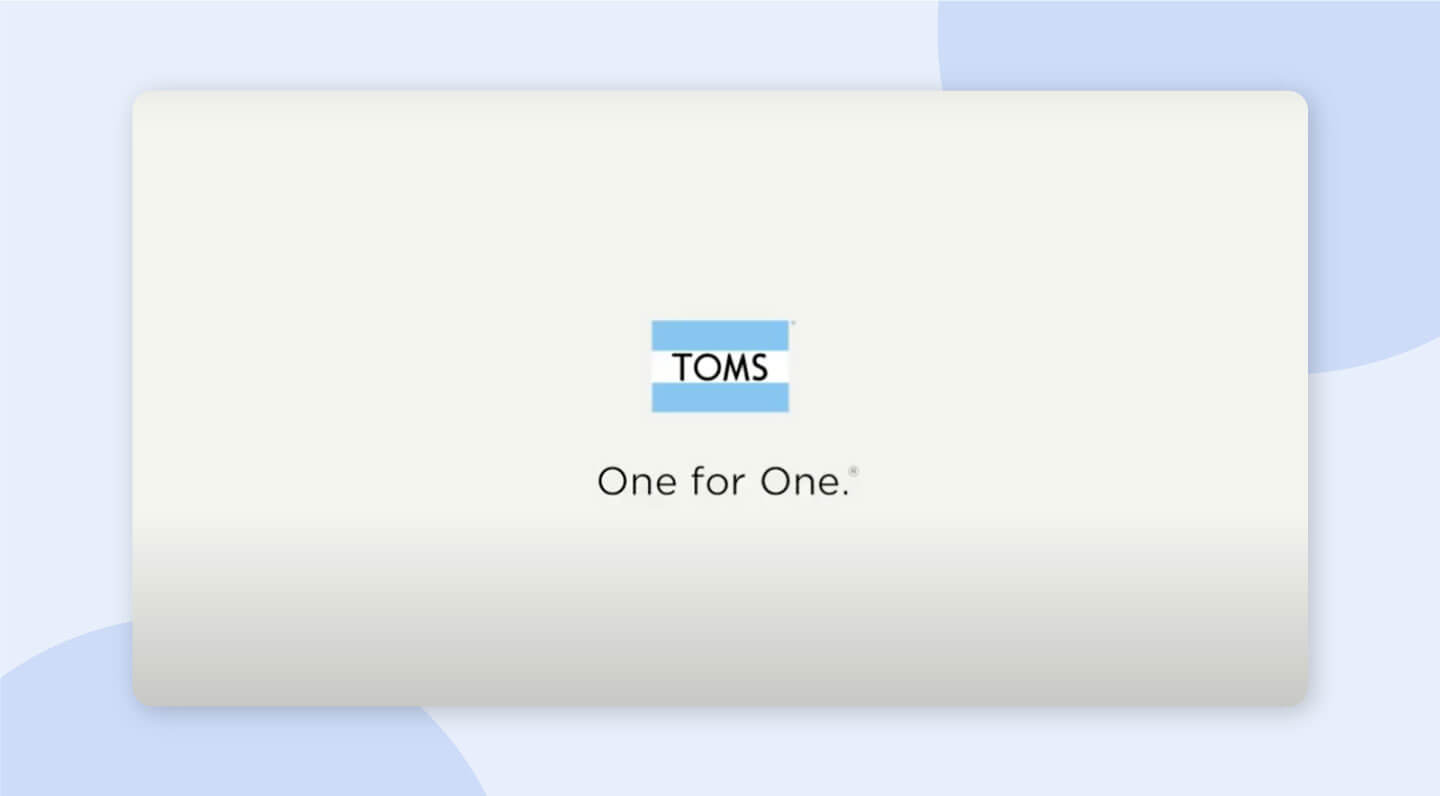
TOMS launched its One For One advertising campaign in 2006, based on a buy-one, give-one approach. Under this strategy, TOMS committed to donate one pair of shoes to communities in need for every pair purchased. The company then expanded its campaign to include assistance for education, health, and community development projects.
#12. Dunkin’
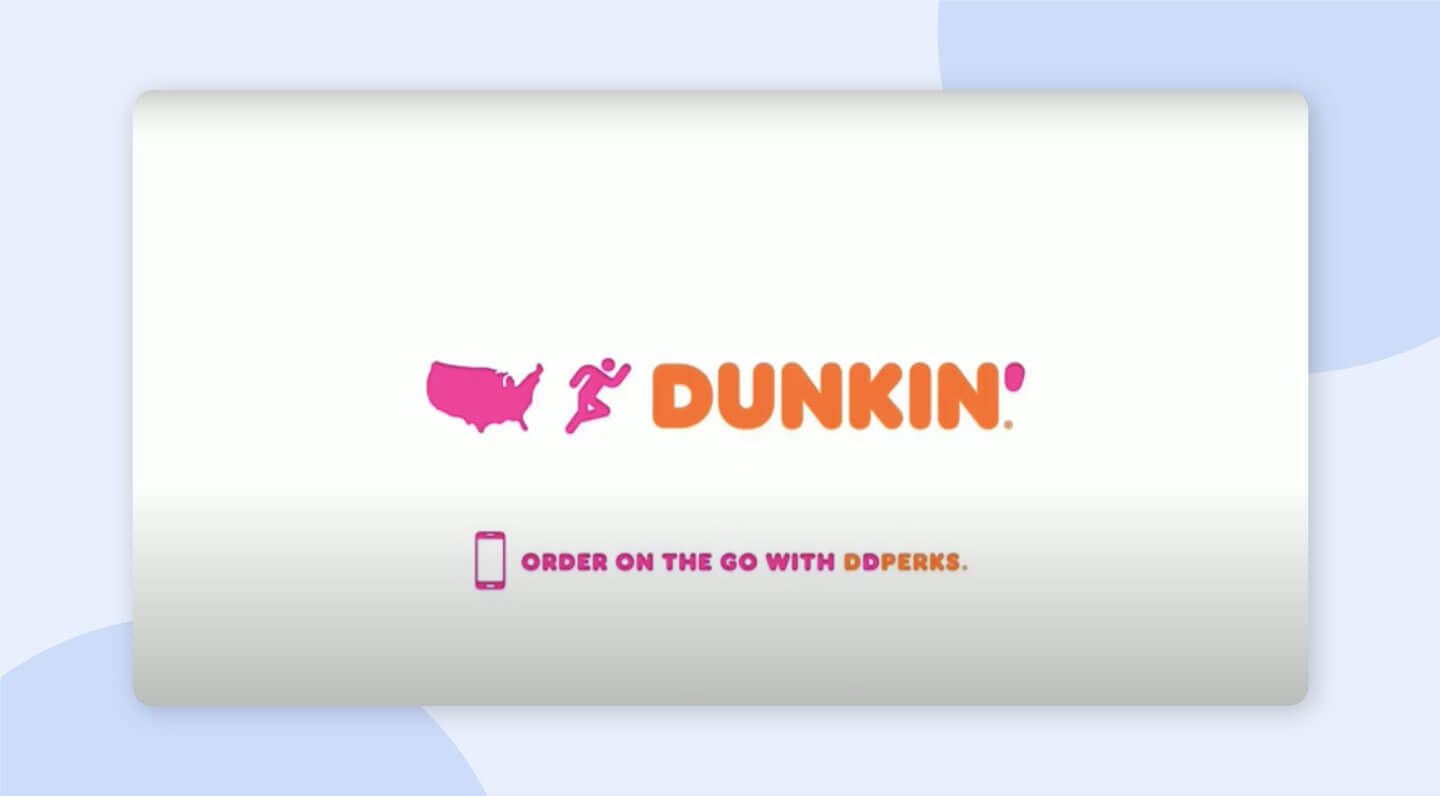
It’s no secret that coffee is an essential component of many people’s lives. In 2006, Dunkin’ Donuts (formerly Dunkin’ Donuts) invented the term “America runs on Dunkin’,” emphasizing how the brand could assist everyone, from regular consumers to other businesses or groups. This advertising campaign successfully portrayed Dunkin’ Donuts in a fresh way, propelling the brand into the hands of new and returning customers.
#13. Red Bull
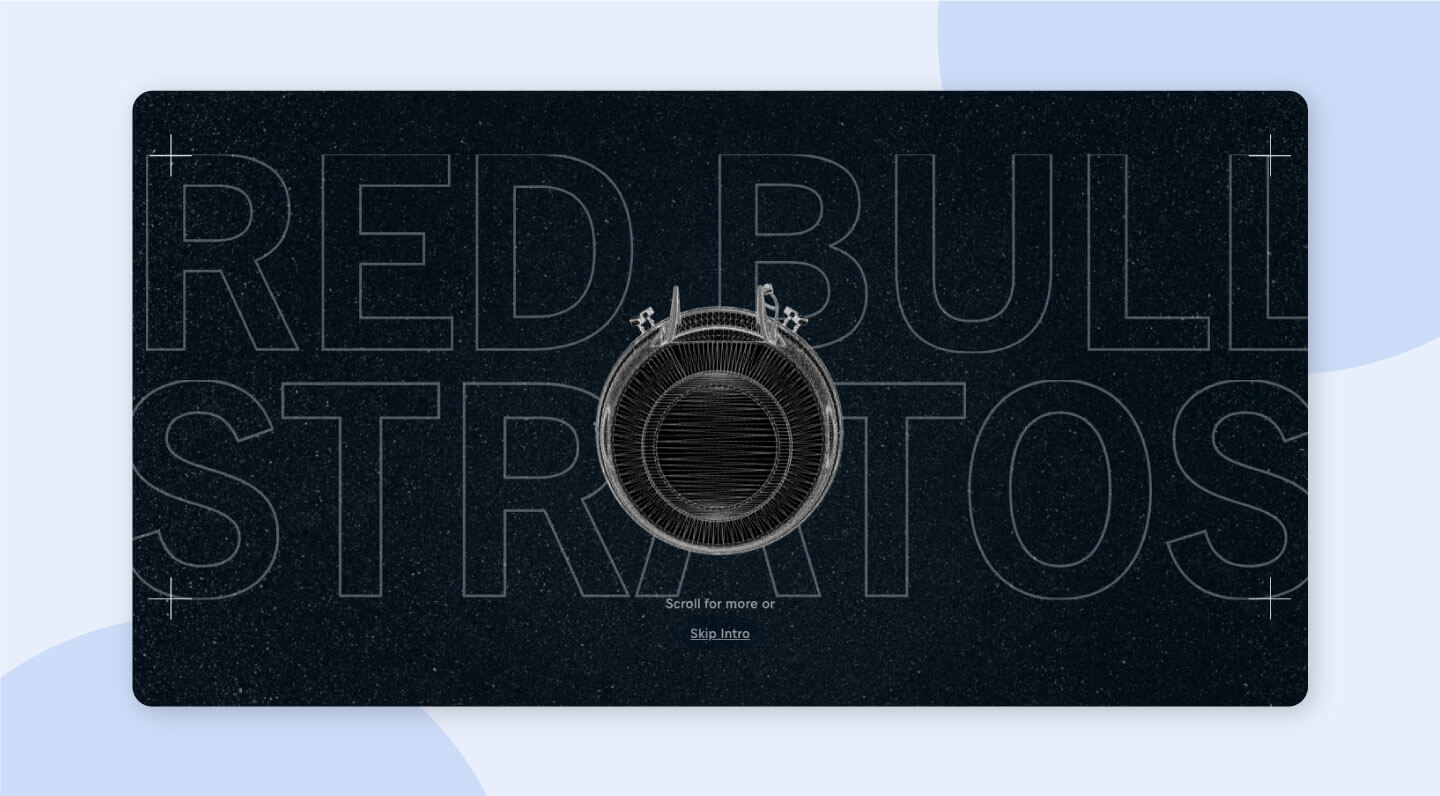
Red Bull’s Stratos campaign is one of the most well-known and effective examples of cooperation marketing in action within an advertising campaign. While remaining faithful to its target audience and principles, the firm organized and funded an extreme skydiving stunt in 2012. The three-hour webcast, now available on demand, featured heavy Red Bull advertising, cementing the brand’s image as a bold, risk-taking enterprise.
#14. Apple
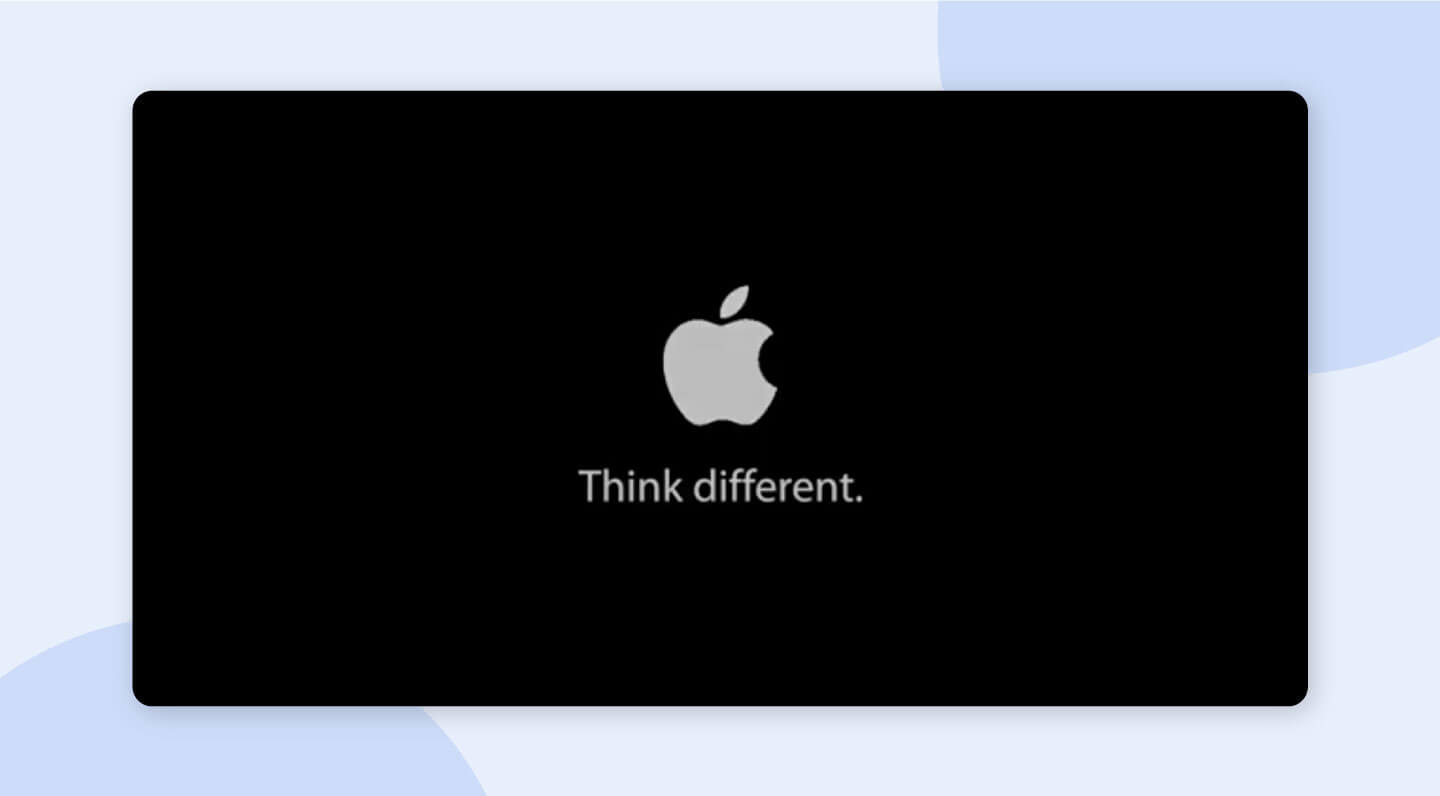
What do prominent figures such as Einstein, Gandhi, and Picasso have in common? One thing is certain: they all altered the world in their own ways, despite receiving insults and condemnation along the way. Apple’s 1997 “Think Different” campaign celebrated these heroes, among others, in order to promote the concepts of creativity and originality.
As a brand challenging the technological status quo, Apple’s marketing campaign demonstrated how successful thinking differently could be.
#15. FedEx
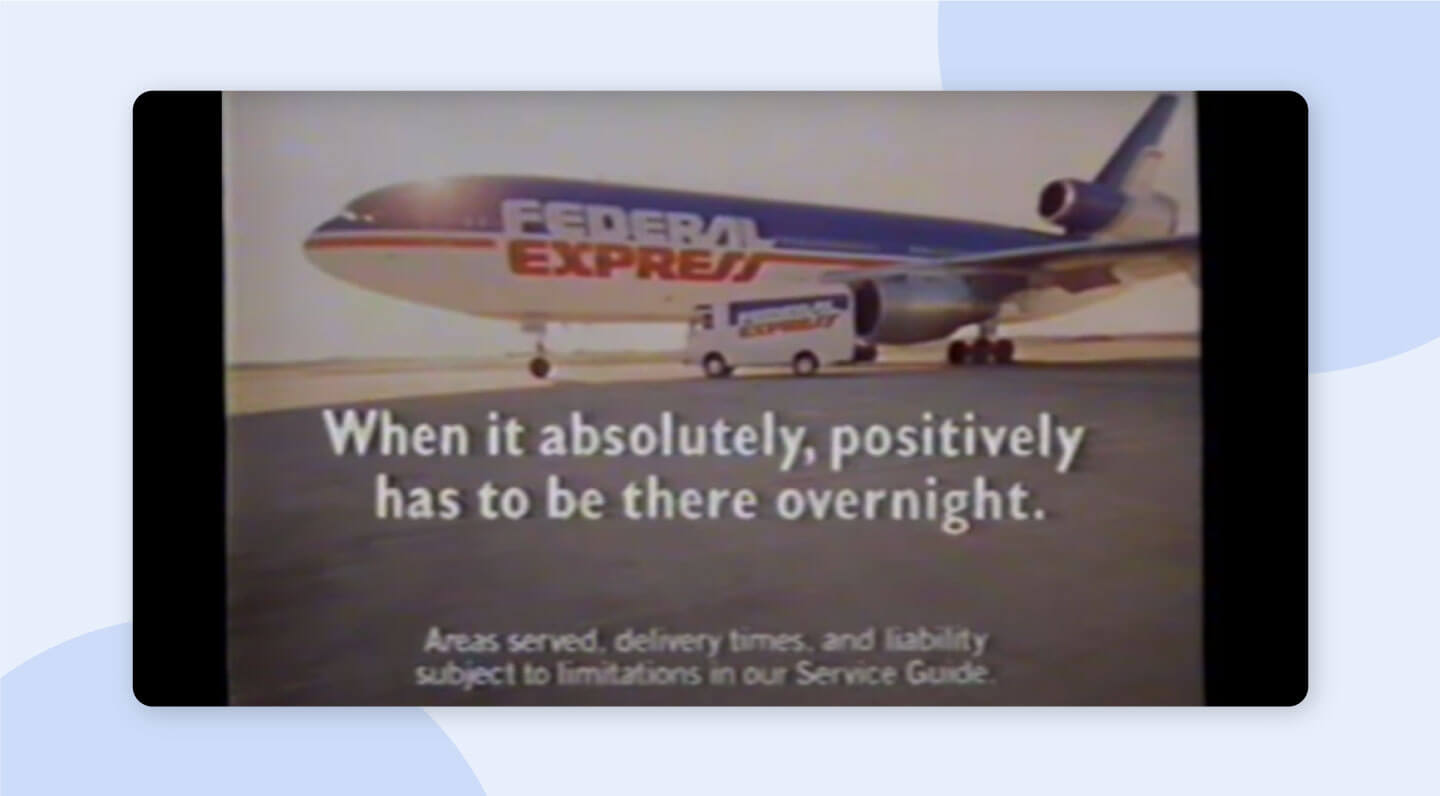
When shopping online or delivering packages across the country, from forgotten costumes or gifts to items with short expiration dates, speed is of the essence. Many clients have encountered the requirement for overnight delivery. FedEx launched an advertising campaign in 1978 that emphasized the company’s delivery time rather than its rates, which contributed to the company’s shipping renown and brand success.
#16. American Express
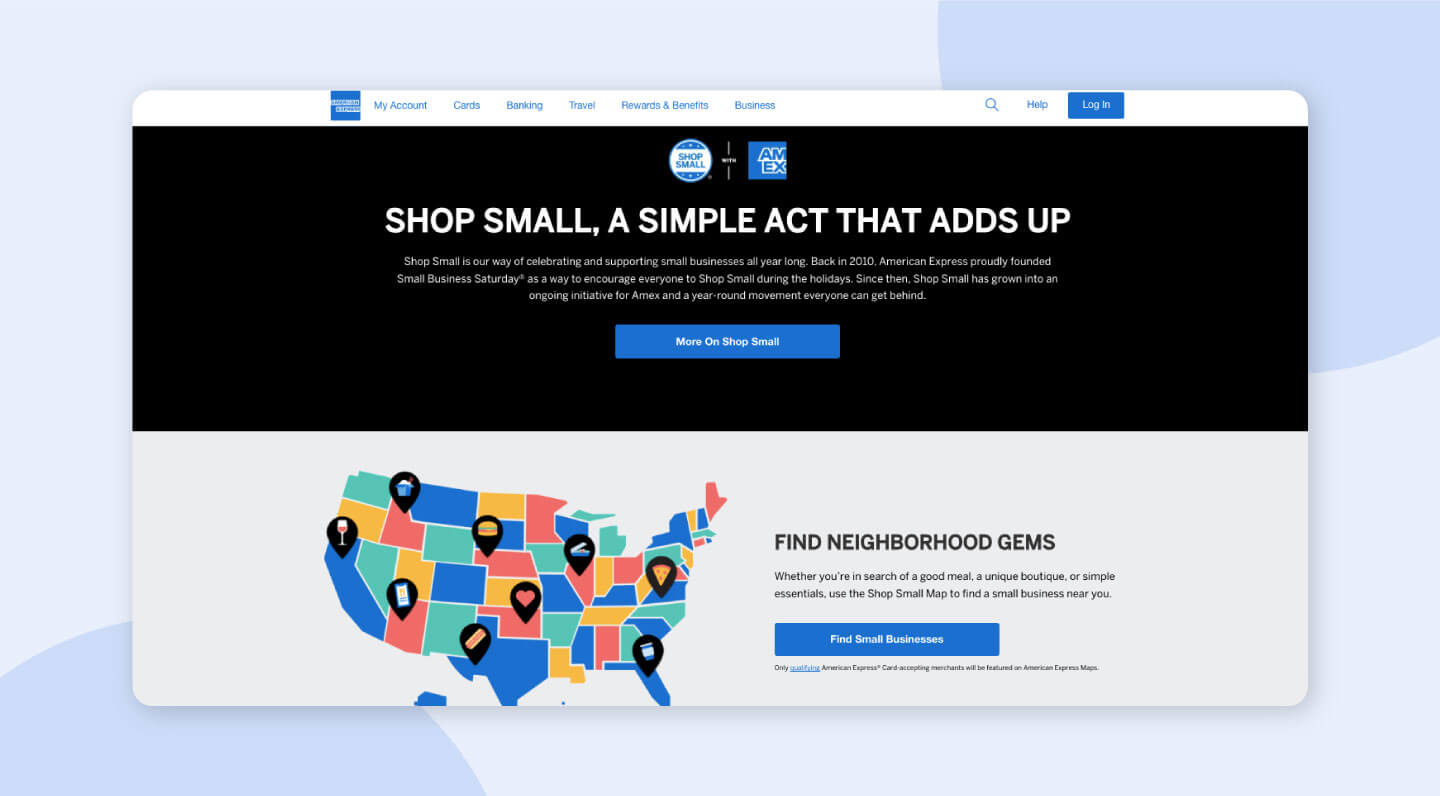
In response to Black Friday, American Express began advertising Small Business Saturday in 2010. Its “Shop Small” advertising campaign was launched to combat the recession at the time, and the initiative was officially recognized by the United States Senate the following year. American Express connected its goals and values with those of tiny, local communities, resulting in a long-lasting, successful advertising campaign.
#17. Volkswagen

Advertising campaigns are more than just marketing strategies for the present and future; Volkswagen’s “Think Small” campaign rocked the boat in the middle of the twentieth century. Taking an honest, true approach, this brand never promoted itself as something it wasn’t.
Instead, it sought to persuade its target demographic that being different was not a bad thing but rather a significant advantage of the brand. Volkswagen’s simple marketing design transformed the advertising world and the opinions of its target demographic.
Conclusion
In summary, brand marketing focuses on a brand’s strengths in order to provide it long-term viability. It focuses on strengthening relationships between brands and consumers, and it works best when combined with marketing operations to establish distinguishing brand traits that foster brand advocacy and loyalty. And with the brand advertising example I have listed here in this guide, it will be easier to set one up for your business.
Have any questions? Reach out through the comment section!
Related Articles
- Picture-Perfect Ads: How Photography Transforms Advertising Campaigns
- The Role of Strategic Communication in Strengthening Brand Identity
- What Is International Marketing? Definition, Examples & Benefits.
- Advertising Agencies: What Are They and What Do They Do? (+Types).
